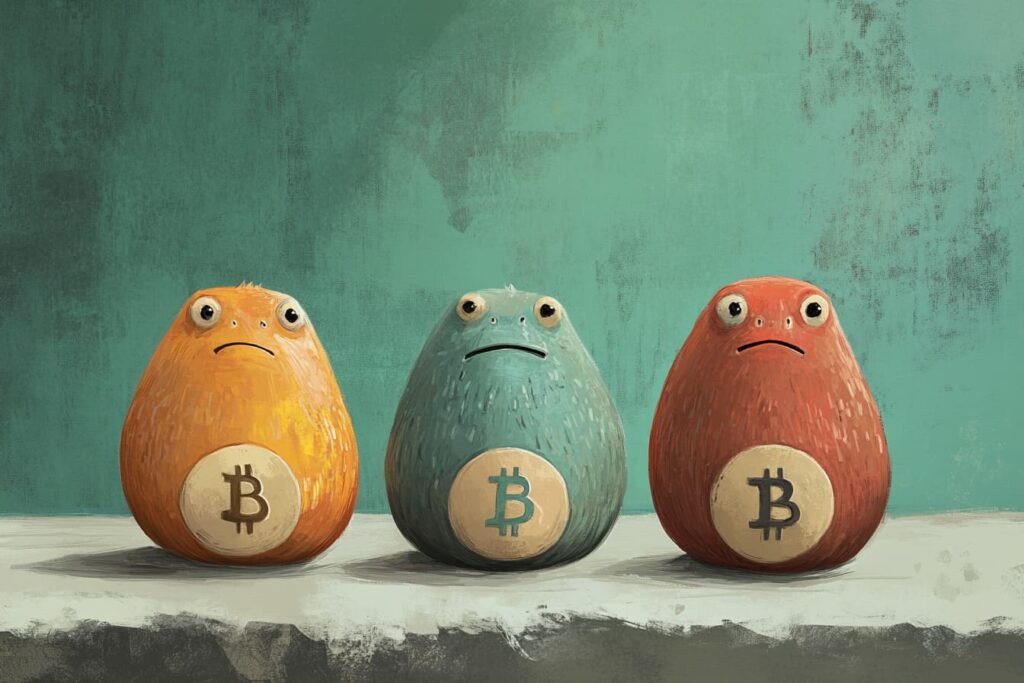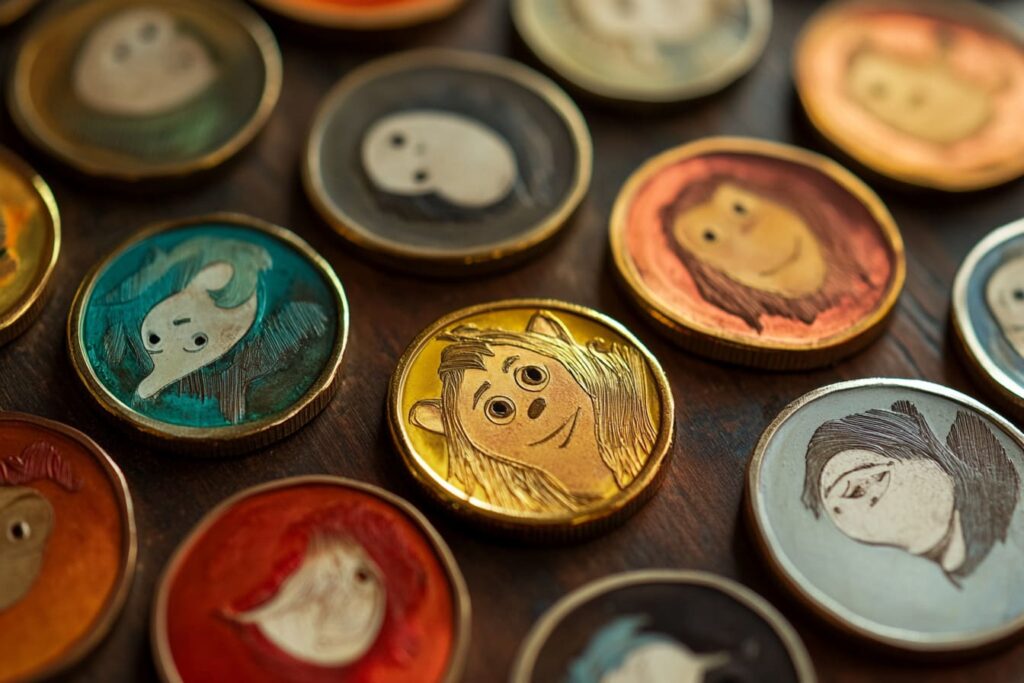What Happens When Internet Jokes Print Money?
Once upon a time, money was serious. Bankers in suits, stock tickers scrolling, and endless jargon that made investing sound like decoding an alien language. Then, meme coins happened.
Meme coins take the chaotic, absurd energy of internet culture and smash it together with crypto speculation. They don’t take themselves too seriously—but their price charts sure do. From Dogecoin (DOGE), the granddaddy of meme coins, to Pepe (PEPE) and celebrity-backed tokens, this is where finance meets fun, hype, and the occasional overnight millionaire.
A Joke That Made Millionaires
Back in 2013, Dogecoin launched as a parody of Bitcoin. A Shiba Inu dog, Comic Sans font, and no real purpose. The internet loved it. Fast forward to today, and DOGE has sponsored NASCAR cars, been name-dropped by Elon Musk, and even used for real-world payments. The joke became a movement.
Then came the floodgates:
- Shiba Inu (SHIB) – A self-proclaimed “Dogecoin killer” that skyrocketed in value, even launching its own DeFi ecosystem.
- Pepe (PEPE) – Inspired by the infamous meme, this coin hit a $4 billion market cap in 2025 just from pure speculation.
- Celeb Coins – From rappers to ex-presidents, everyone is trying to launch their own meme coin in 2025. Some are legit. Others? Not so much.
Why Are Meme Coins So Addictive?
Meme coins thrive on hype, community, and social media FOMO. Here’s why they work:
🔥 Internet Culture Rules – If it trends on Twitter and TikTok, the price pumps. One viral tweet can send a meme coin soaring.
💰 Low Entry Point – Unlike Bitcoin, where one coin costs tens of thousands, meme coins often start at fractions of a cent, attracting new investors.
🚀 Insane Gains (or Total Wipeouts) – Some traders have turned pocket change into six figures. Others lost everything overnight. High risk, high meme.
The Meme Coin Risks (Read Before YOLO-ing In)
Not all meme coins are winners. Some are rug pulls, where developers pump up the price and then vanish with investors’ money. Others fade into irrelevance after the hype dies down. If you’re jumping into meme coins, remember:
- Only invest what you can afford to lose (seriously, treat it like gambling).
- Check for real utility – Some meme coins are evolving beyond hype, adding DeFi staking, games, or actual use cases.
- Follow the community – If the project has a strong, engaged community, it has a better shot at surviving post-hype.

The Future of Meme Coins: Joke or Legit?
Meme coins are evolving. Some are turning into serious financial products, while others remain pure speculative chaos. Either way, they’ve reshaped crypto. Even major investors are watching now.
Will meme coins still be around in 10 years? Regulatory scrutiny could slow them down. Some might pivot into real utility, while others burn out in a hype cycle. But one thing is certain: they’re making investing fun—and sometimes, that’s all people need to jump in.
Some of the Mot Popular Meme Coins
| Meme Coin | Symbol | Market Capitalization | Notable Features |
|---|---|---|---|
| Dogecoin | DOGE | $34.33 Billion | Originated as a joke in 2013; gained mainstream attention through endorsements from celebrities like Elon Musk. |
| Shiba Inu | SHIB | $8.75 Billion | Dubbed the “Dogecoin killer”; features its own decentralized exchange called ShibaSwap. |
| Pepe | PEPE | $3.77 Billion | Inspired by the “Pepe the Frog” meme; experienced rapid growth in early 2025. |
| Official Trump | TRUMP | $3.03 Billion | Launched by former U.S. President Donald Trump; saw significant volatility post-launch. |
| Bonk | BONK | $1.16 Billion | A Solana-based meme coin; known for its community-driven initiatives. |
| FLOKI | FLOKI | $874.88 Million | Named after Elon Musk’s dog; aims to combine memes with real utility projects. |

